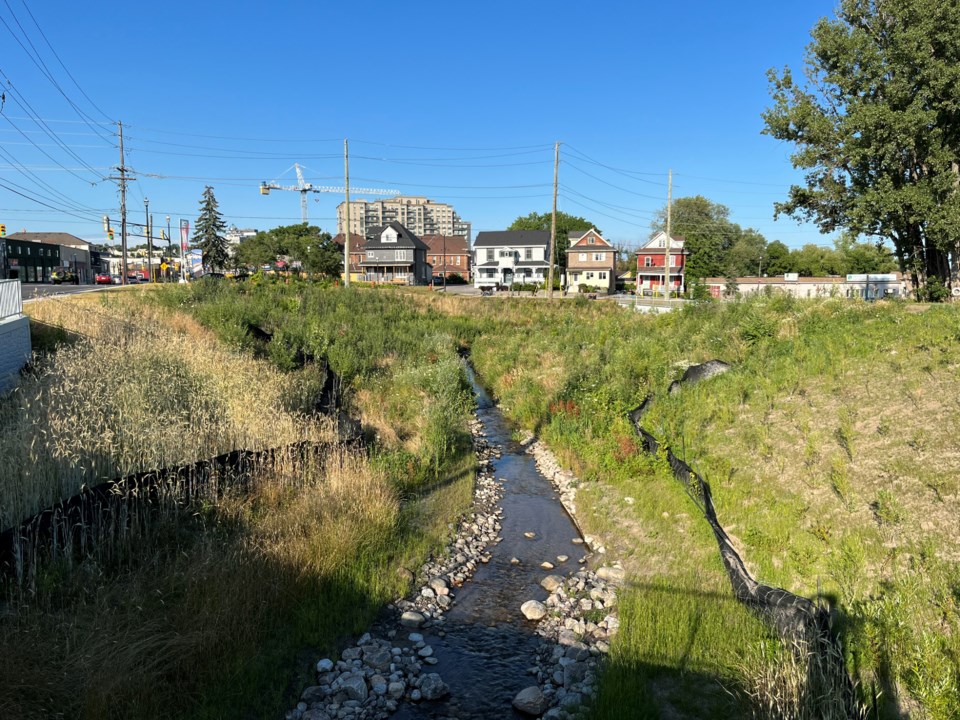BarrieToday welcomes letters to the editor at [email protected]. Please include your daytime phone number and address (for verification of authorship, not publication). The following from Mark Fisher is in response to 'Waterfront trail closing for one month for sediment removal,' published Nov. 11.
*************************
Waterfront walkers should not be surprised at the recent closing of the trail for the removal of sediment from the mouth of Kidd’s Creek.
You don’t have to be a hydrological engineer to have predicted such a result when a stream, formerly three feet wide, was widened a few years ago into little more than a glorified inlet of Kempenfelt Bay.
I assume the trail will also have to be closed in the future for sediment removal from Bunkers, Dyment’s and Hotchkiss creeks. Otherwise the ducks will soon be walking instead of paddling or, alternatively, the wide expanse and length of each of them could just be left as extensions of the beach.
In the case of Kidd’s Creek, the sediment problem has always been exacerbated by the lack of stormwater management control in the subdivisions above Cundles Road. This formerly pristine watercourse is now little more than a gutted sewer from its headwater springs below Cundles Road all the way to Kempenfelt Bay. And each tide of polluted stormwater carries with it the soils and sediment of a Kidd’s Creek that has been devastated throughout its length.
All the millions spent on the former Barrie Central Collegiate site may mitigate damage by flooding but does nothing to stop the flooding itself and the sediment that it carries. Nor will the meritorious planting of trees in the Victoria Park ravine, where historically no creek ever existed, alter the situation.
As for “preventing fish passage,” one should be aware that during the 1950s, Bill Stewart, former owner of the Knights Inn on Dunlop Street, built two ponds that supported as many as 1,000 trout fingerlings. W.A. Fisher, in the ravine behind 45 Sunnidale Rd., also constructed a pond that sustained as many as two dozen trout up to a foot long.
Today, not even a self-respecting carp — sediment or not — would be found dead in the mouth of Kidd’s Creek.
And are we surprised that the brook trout have long since been extirpated from all of these streams flowing into Kempenfelt Bay that they once inhabited?
Mark Fisher
Barrie
*************************



